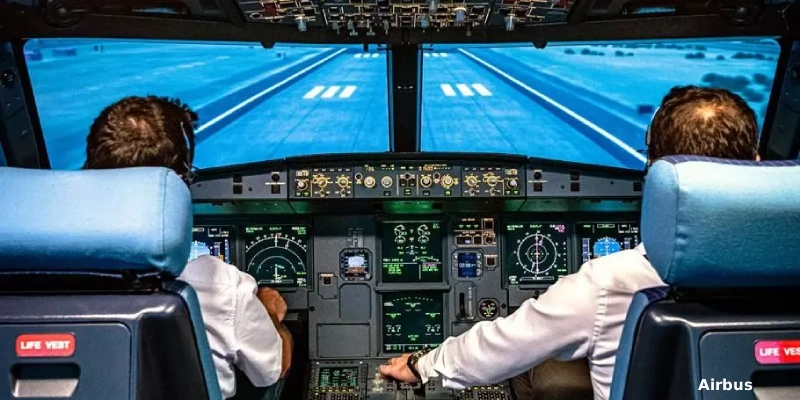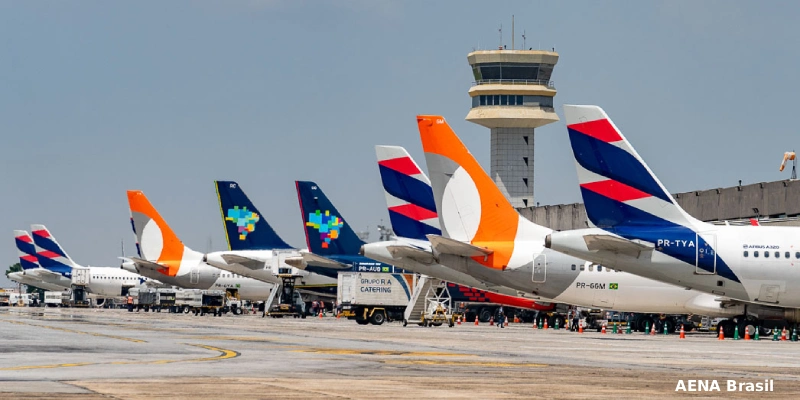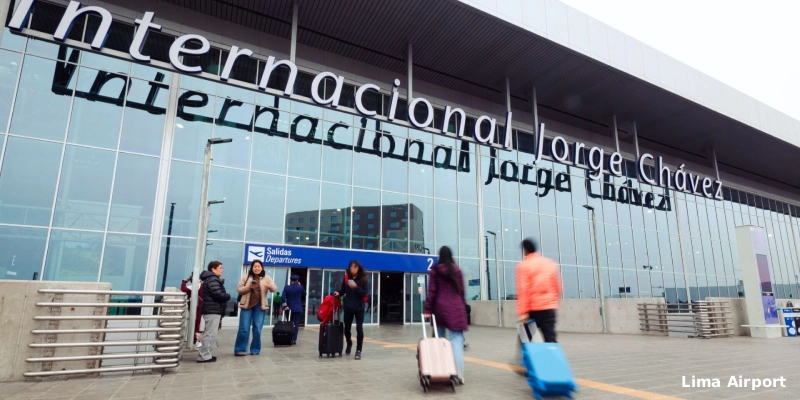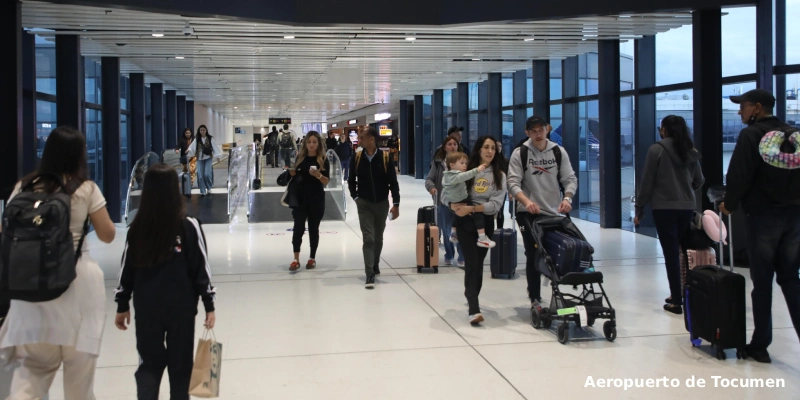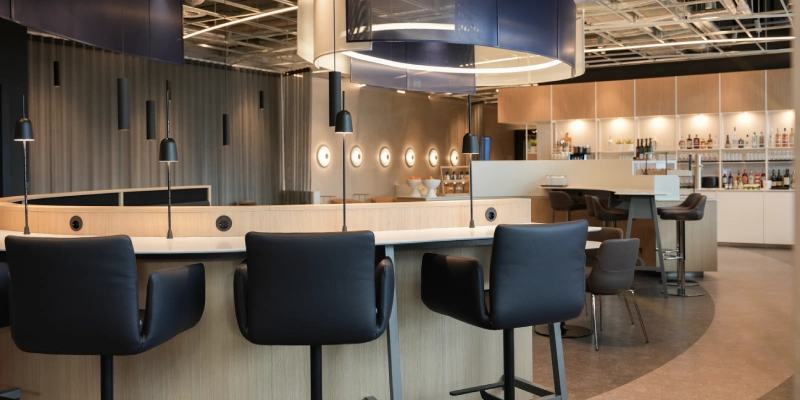More than 600,000 new pilots will be needed over the next 20 years. This growth demands an impeccable level of training, and the Full Flight Simulator (FFS) has become the centerpiece for guaranteeing it. Far from being a sophisticated video game, it is a functional replica of a real cockpit, mounted on a motion system capable of accurately recreating the sensations of flight.
What is a Full Flight Simulator?
The FFS reproduces every detail: switches, displays, sounds, and feedback identical to those in a real aircraft. Under the supervision of specialized instructors, pilots train in controlled environments that allow for the recreation of all types of scenarios: from adverse weather conditions to complex airports or unexpected emergencies.
This level of realism ensures that flight crews are prepared for any situation, reinforcing safety across the entire industry.
Simulator Levels According to EASA and FAA
Aviation authorities classify these devices into four categories: Level A, B, C, and D.
Level D is the most advanced. It simulates all systems accessible from the cockpit and complies with strict performance standards. Thanks to its fidelity, pilots can obtain a full type rating without physically flying the aircraft, which is known as “zero-flight time” training.
→ COMAC Faces Delays in C919 Deliveries and Reduces Production Targets
Maximum Realism: How It Is Achieved
A state-of-the-art FFS integrates technologies that enable an immersive experience:
- Dynamic Motion System: Electric or hydraulic actuators that reproduce accelerations, turns, and turbulence. The new A350 FFS uses 100% electric technology for smoother movements.
- High-Definition Visuals: A 180-degree display system realistically shows airports, landscapes, and weather conditions, day or night.
- Authentic Soundscape: From the roar of the engines at takeoff to voice alerts in the cockpit, every sound is faithfully replicated.
Continuous Pilot Training
Learning never ends. New aviators face their first contact with the FFS during the initial instruction phase. Once in service, commercial pilots must return to the simulator every six months, both to renew licenses and to practice normal and emergency procedures.
This regular training cycle aligns with the philosophy of the Airbus Flight Training Reference, which seeks consistency and quality across all its programs.
Certification and Quality Control
Each simulator must be evaluated and approved by authorities such as EASA or the FAA before being used for instruction. Even the physical relocation of a simulator, even from one building to another, requires a full re-certification process.
A recent example is the relocation of Airbus simulators to the modern Airbus Europe Training Centre in Toulouse, France, where they are being revalidated to continue training the flight crews of the future.
Related Topics
Congonhas Airport in São Paulo Receives Approval to Operate International Flights
ALTA Warns that Transfer TUUA Puts Peru’s Air Connectivity at Risk
Panama: Tocumen Airport Surpasses 19 Million Passengers by November, Cementing Its Regional Leadership in 2025
Lufthansa Reopens Its Lounge at Stuttgart Airport After Comprehensive Renovation

Un apasionado por la aviación, Fundador y CEO de Aviación al Día.
